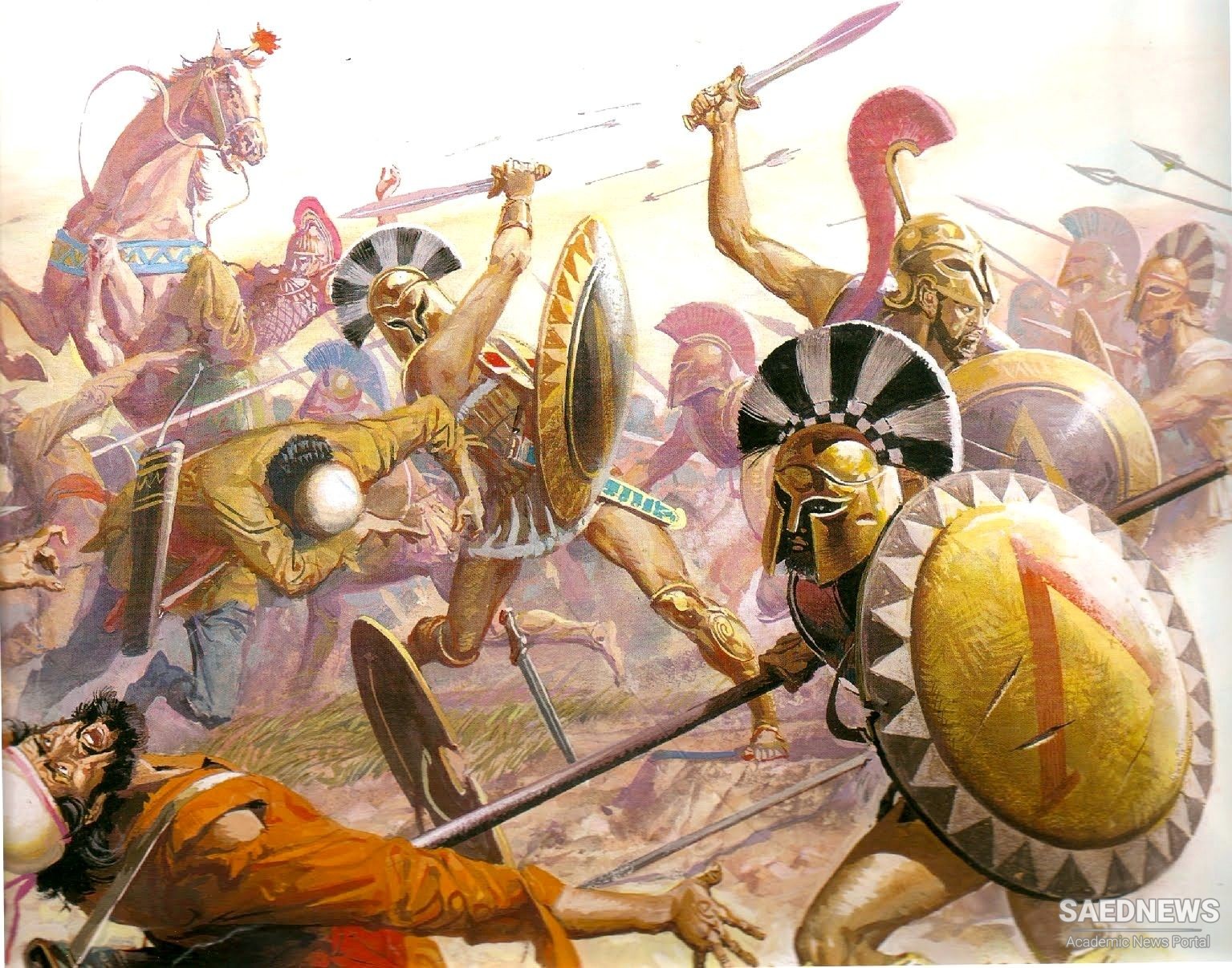As they embarked on their invasion, the Persians had a large and disciplined military organization and were well provisioned for expeditionary warfare. Studies of historical records regarding topography, logistics, and offi cial orders of batt le suggest that the number of Persian forces probably ranged from as low as 70,000 infantry and 9,000 horsemen to the higher and more likely fi gure of roughly 360,000 in the Persian camp. It was probably during Xerxes’ time that one corps of the army became known as the Immortals. This unit served as the Imperial Guard, and the emperor mandated that the corps’ strength never rise or fall from 10,000, which meant that casualties were immediately replaced, giving the appearance that no loss had been suffered.5 Modern scholars put the Persian fleet between 600 and 800 warships at the time of the war’s first major naval battle at Artemisium and, after losses to weather and combat, perhaps 450 to 600 triremes at the subsequent fight at Salamis. Ship for ship the Persians and Greeks probably were evenly matched, but the Persian ships tended to be top- heavy, were less manageable in rough seas, and were less sturdy in batt le than the Greek ships. The multinational character of the fleet, which had numerous languages in use, probably complicated communication and coordination.


 Greco-Persian Wars: Classic Military Standoff
Greco-Persian Wars: Classic Military Standoff














































